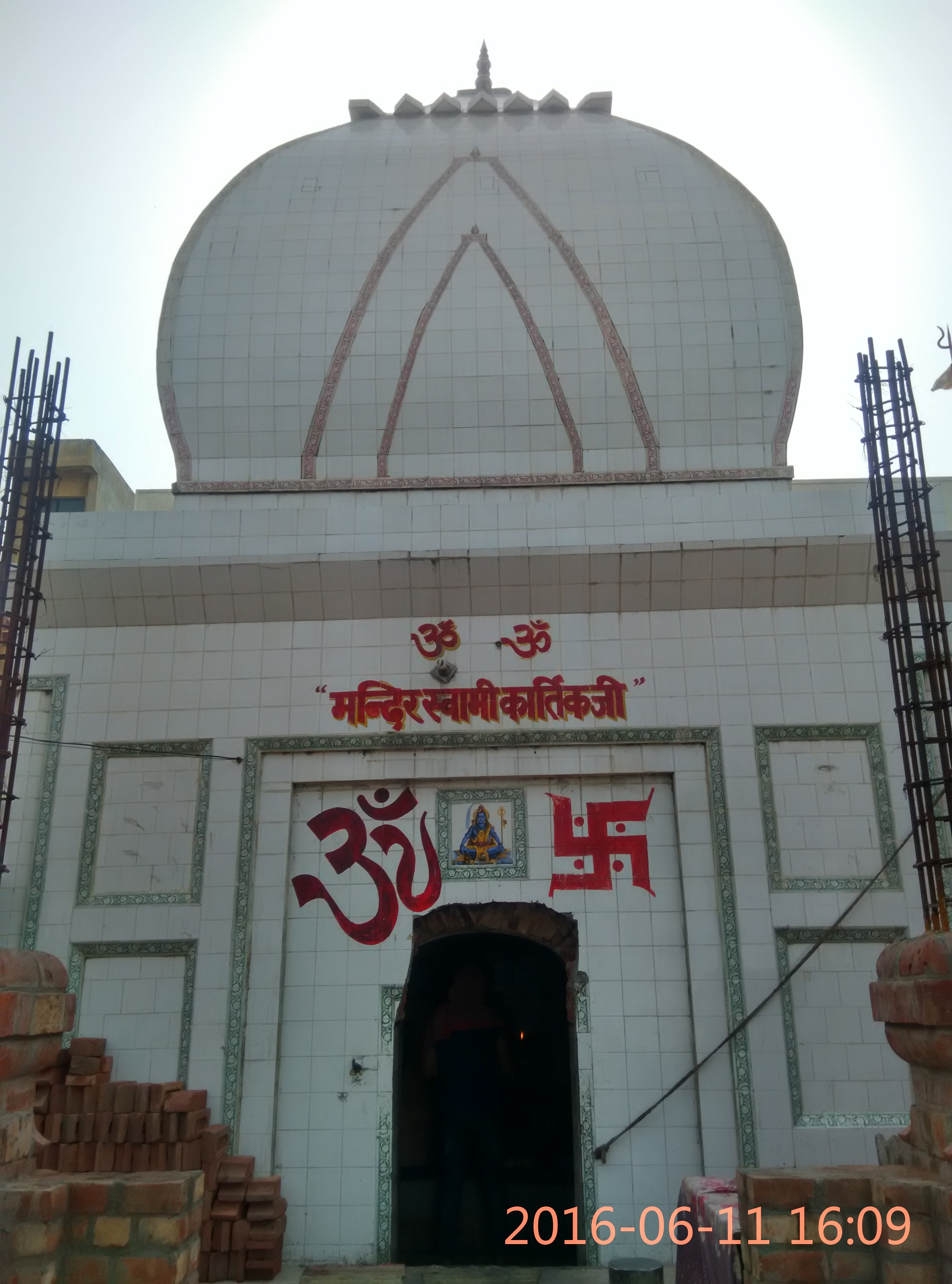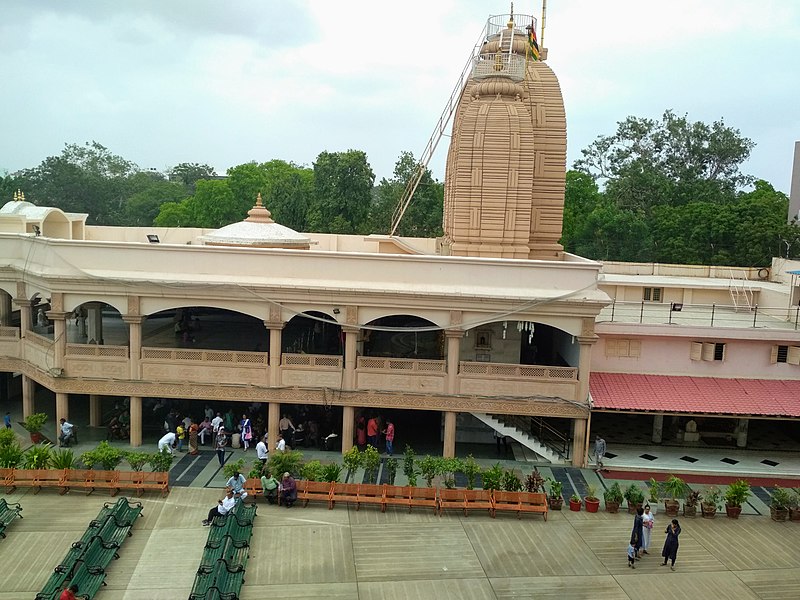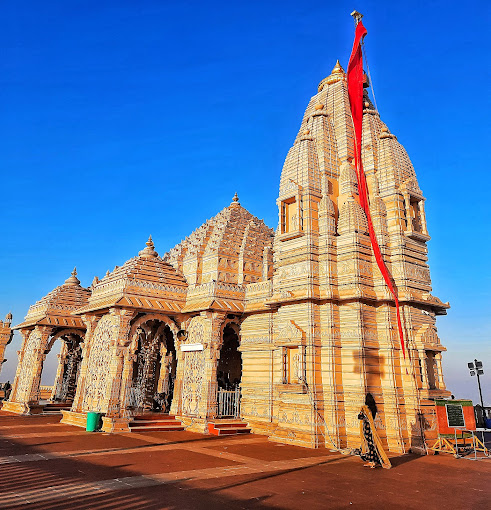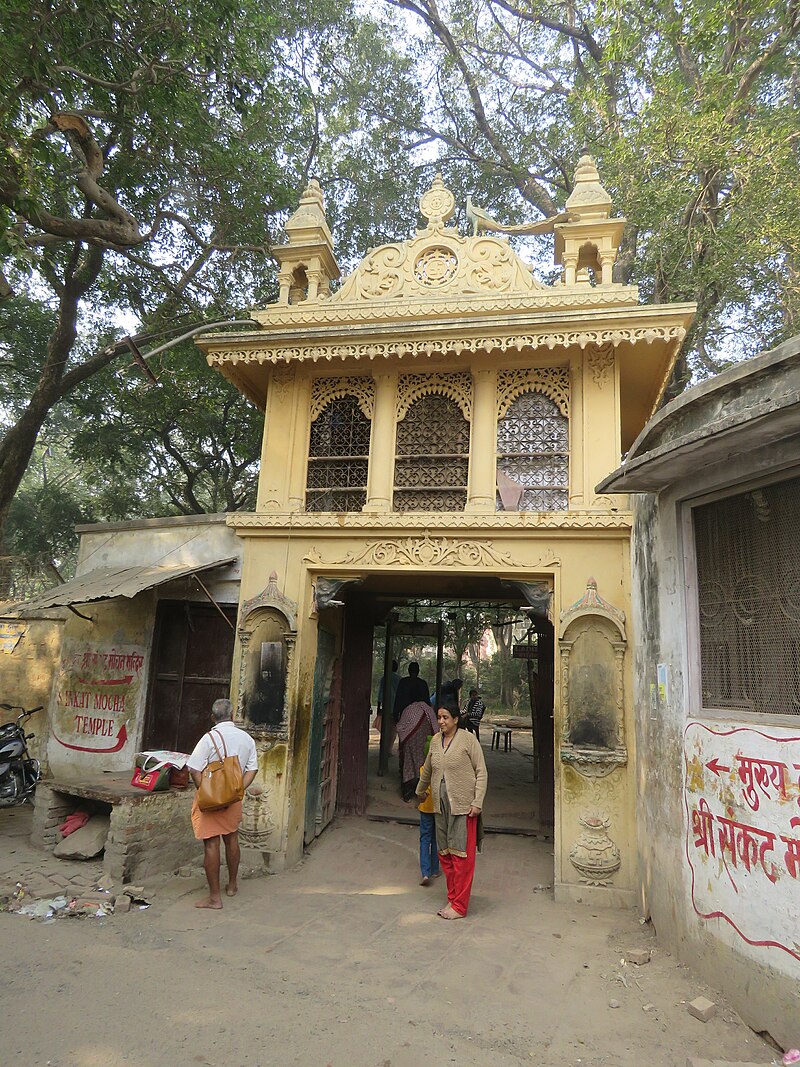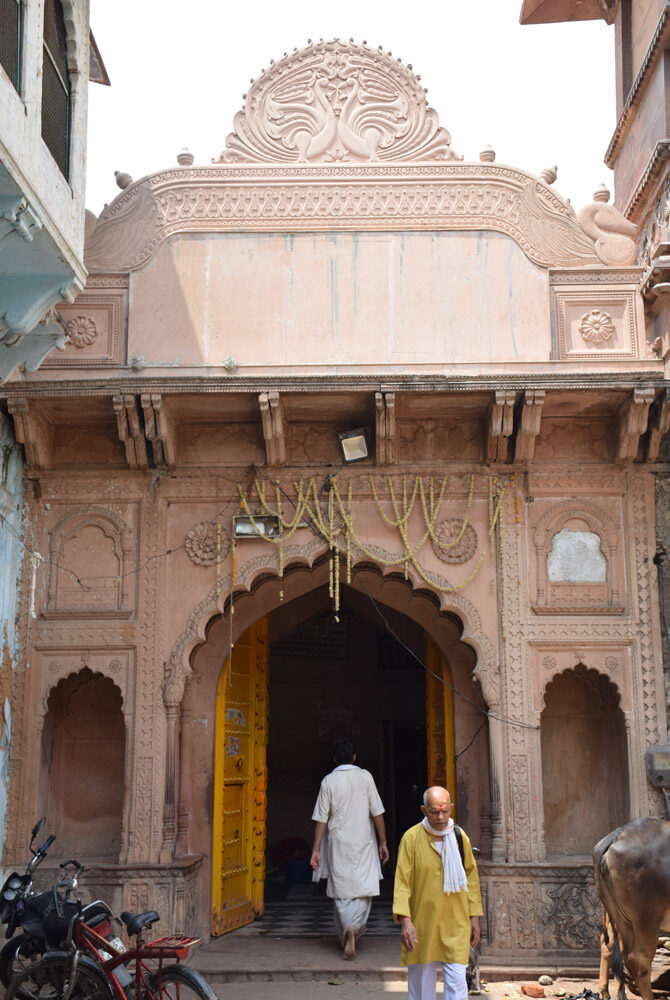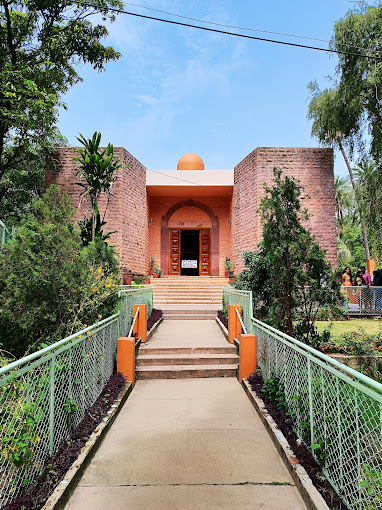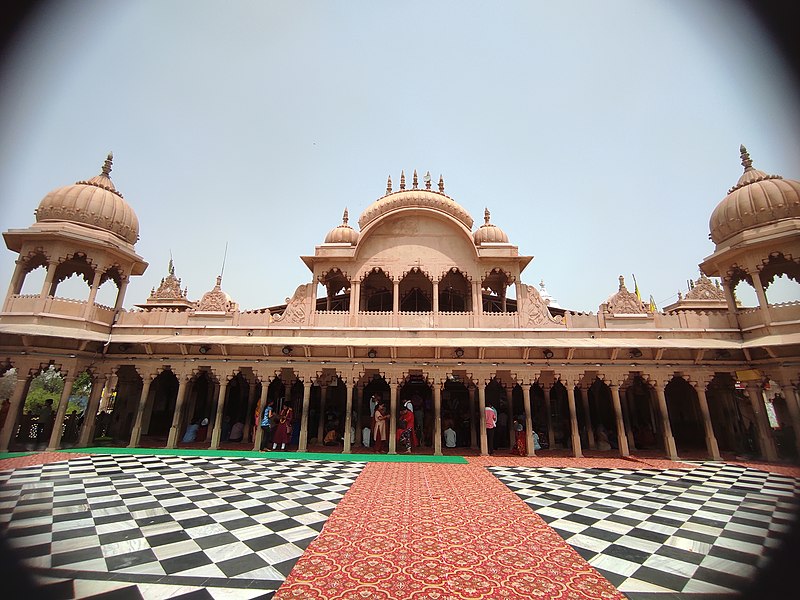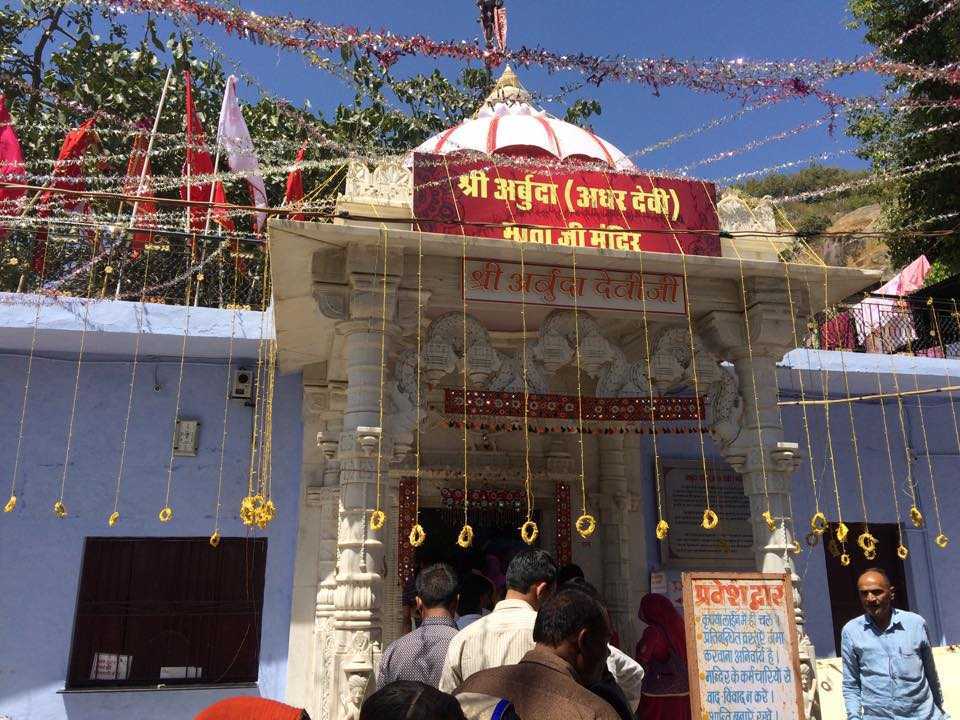Deeghawapi Buddhist Stupa- Sri Lanka
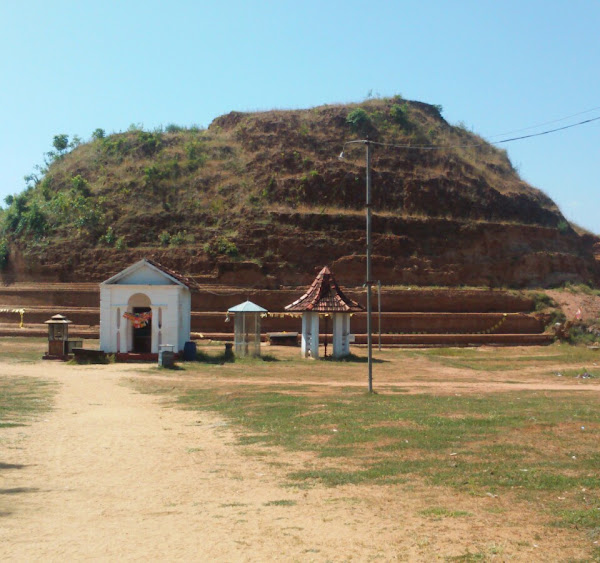
Address
Deeghawapi Buddhist Stupa- Deeghavapi Temple Rd, Nintavur, Sri Lanka
Diety
Buddha
Introduction
Deeghawapi is a Buddhist sacred shrine and an archaeological site in the Ampara District of Sri Lanka, boasting of historical records dating back to the 3rd century BCE. Water reservoirs, called “tanks”, were an important feature of the hydraulic civilization of ancient Sri Lanka, and temples and cities were built around them. The importance of Dighavapi is connected with legends about visits to this site by the Buddha himself, and many allusions to Deeghawapi in the ancient chronicles as well as in the Pali literature.
Puranic Significance
The Mahavamsa, an ancient chronicle written in the 5th century, and the Dipavamsa of an earlier date, contain a mixture of legend and historical facts. These chronicles state that the Buddha himself visited the village, and on the spot where he sat in meditation a cetiya was later erected. The chronicles also state that some of the early inhabitants of the region were Yakkas, a group of people referred to even in the Ramayana, with genealogical links to the pre-Aryan ‘Kirat’ people of Northern India. While the likelihood of the Buddha having visited Dighavapi is remote, the attachment of such a legend to this site indicates the veneration given to it even in ancient times. In a pious legend connected with the Dighavapi cetiya (Dhajagga Paritta), it is said (in the Pali literary work Saararthapakaasani) that once a samanera (a novice monk), helping to plaster the Dighavapi cetiya, fell from the top. His colleagues shouted to him to recall the Dhajagga Pirita. He did so, and was miraculously saved. There are many ancient inscriptions in the area. In 1986 a gold leaf inscription 14 cm by 1.5 cm had been unearthed. The inscription had been deposited inside a reliquary made of thick gold sheets. The text of the inscription was as follows: “Hail. The stupa (reliquary) of King Mahitisa (Kannittha Tissa) son of King Naka … etc.”
Century/Period/Age
3rd century BCE
Managed By
Department of Archaeology
Nearest Bus Station
Nintavur
Nearest Railway Station
Batticaloa Station
Nearest Airport
Batticaloa
